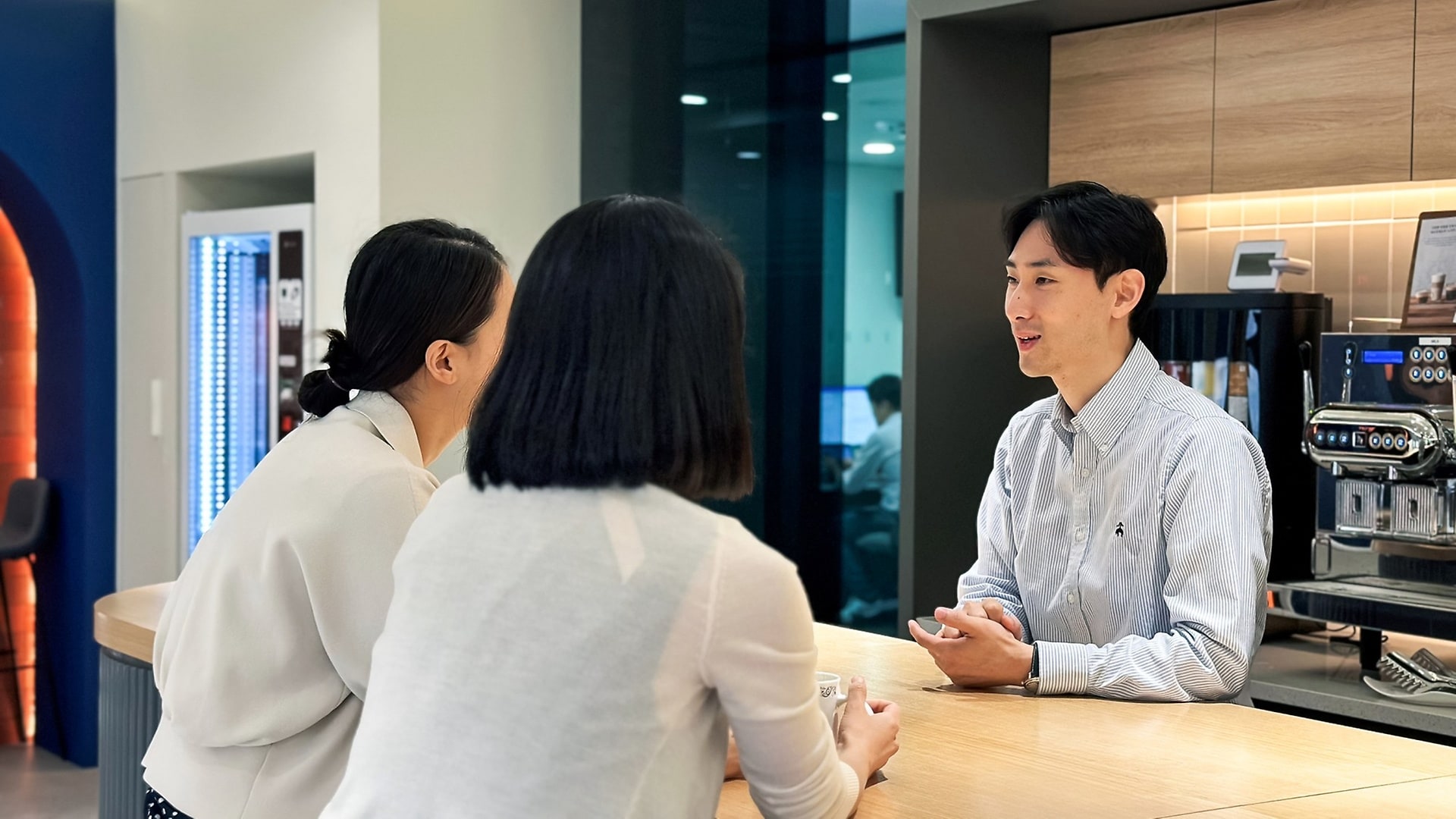Ilhee, as a member of the product marketing team at Mercedes-Benz in Seoul, South Korea, you are responsible for "data-driven digital marketing". What does that mean exactly?
To ensure that digital campaigns find the right audience at the right time with the right message, we have to better understand our customers and their needs. For this, the anonymized data that they have provided us voluntarily with consent, is the key to success here. Data protection is a high priority for Mercedes-Benz.
Can you give us an example?
One very recent example is the Mercedes-Benz EQ models campaign. We have used the data from people who responded to the digital ads for various campaigns over the past few years. If the same people responded to SUV and electric vehicle related campaigns, we can filter out specific groups of people and then, with consent, target this group with appropriate EQS SUV messaging. After all, as the data tells us, we know that these digital ads could potentially be of real interest to the customers.
How do you go about this?
Every day, I look at the key performance indicators – or KPIs for short – that are especially important for online marketing. The KPIs are the figures that I can use to measure the progress of crucial objectives. The top priority is always to keep on optimising our media performance. This involves measuring things like the number of clicks on ads or the view-through rate, which measures the percentage of viewers who watched a video all the way through. I also analyse previous campaigns. I keep my eyes on an ever-changing environment. My aim is always to deploy exactly the right kind of advertising and use messages and images that our customers find interesting.
What helps you to find the right configuration of adverts?
One thing I do is test our customers' preferences is for example using the "AB" test. So I'll use the colour blue in ad A and yellow for the images in ad B; otherwise, everything's the same. The customer might prefer very bright colours to dark ones. I consolidate the test results and then choose the “winning”, meaning the more effective media configuration.
,xPosition=0,yPosition=0.5)




,xPosition=0.5,yPosition=0)